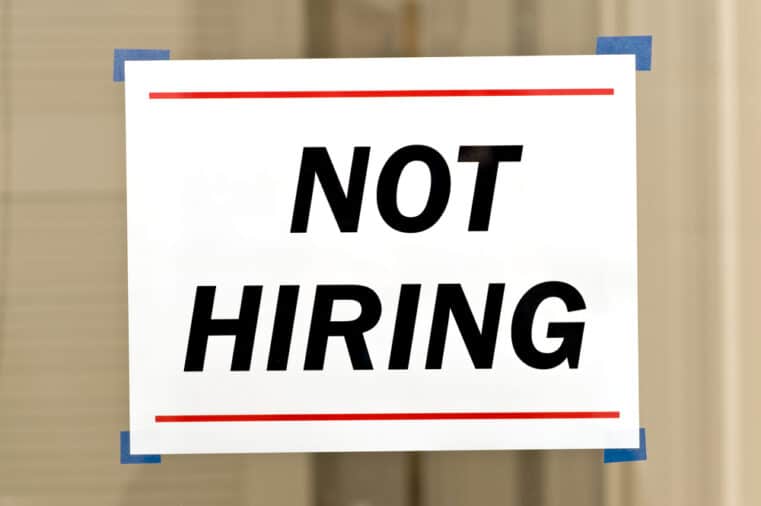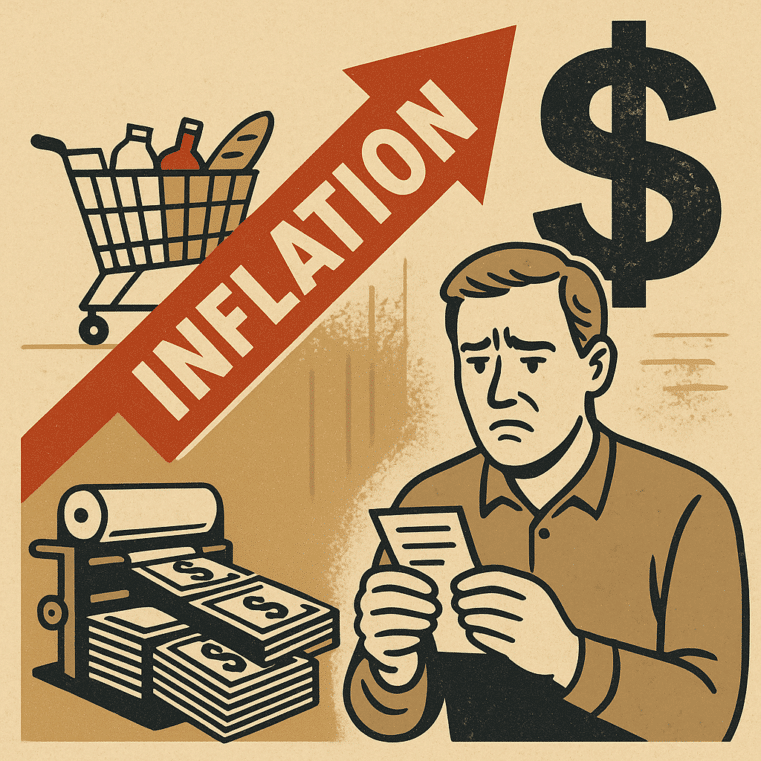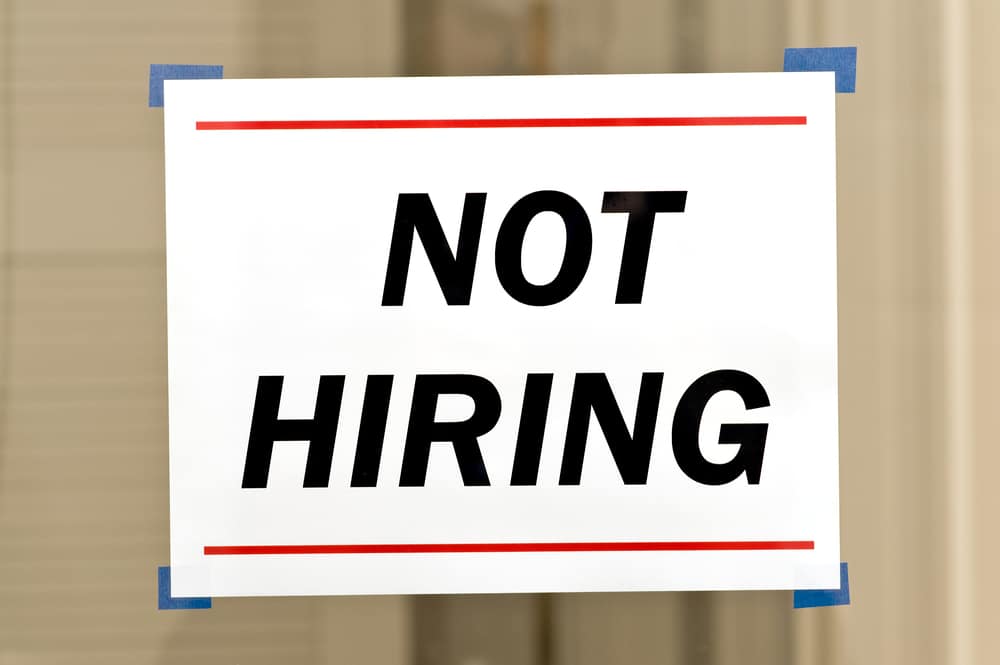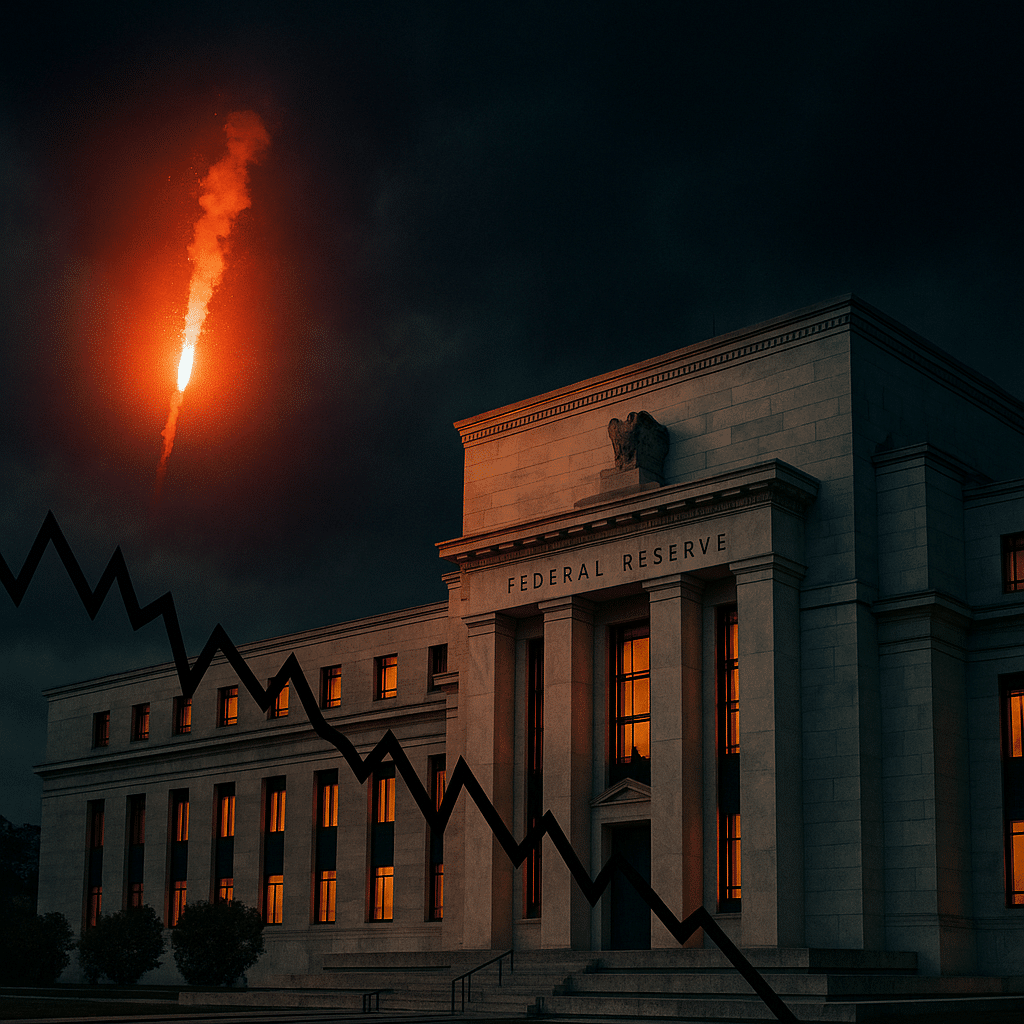
Fractured Fed: Why a Divided Central Bank Spells Danger for the U.S. Economy
The Fed Is Divided—and That’s Not a Good Sign
In a rare public display of disunity, Federal Reserve policymakers are openly split on what to do next with interest rates—and the December 9–10 meeting is shaping up to be a battlefield. From newly appointed Governor Stephen Miran calling for deeper cuts to others warning about inflationary fallout, the once-unified messaging of the Fed is now fractured beyond recognition.
Fed Chair Jerome Powell himself admitted there are “strongly differing views” on the path forward. Translation: the central planners are officially out of consensus and out of ideas.
This is no small matter. When those in charge of managing the price of money can’t even agree on what the economy looks like, the outcome is predictable: instability, distortion, and erosion of purchasing power.
The October Vote Revealed a Deep Rift
The October 28–29 vote was a red flag in itself. With a rare 10-2 split, the Fed cut rates by a quarter point to 3.75%–4.00%. But what’s historic is not the cut—it’s that dissents came from both sides:
- Some wanted to hike (to rein in persistent inflation).
- Others wanted a larger cut (to cushion a weakening labor market).
This is only the third time since 1990 that dissents of this kind have occurred. It reveals not just disagreement—but confusion over basic cause and effect in the economy. Some believe monetary policy is too loose because markets are soaring. Others believe it’s too tight because housing is soft. Both can’t be right, and the consequences of getting it wrong are steep.
The Myth of Fine-Tuning
The current debate among Fed officials hinges on the idea that the central bank can "balance" the risks of inflation versus employment. That it can thread the needle—cut just enough to prevent recession, but not so much that inflation reignites.
This is the same delusion that’s guided monetary policy for decades: that bureaucrats can fine-tune the economy with precision, like adjusting the thermostat in a climate-controlled room.
But the economy isn’t a machine—it’s a living, breathing system shaped by millions of individual decisions. Intervening with interest rate manipulation, credit expansion, and artificial signals doesn’t stabilize it. It distorts it.
And distortion, when compounded over time, always leads to crisis.
Miran’s Case for Deep Cuts Ignores the Real Danger
Governor Stephen Miran's push for steeper rate cuts reflects a dangerously short-term mindset. He argues that buoyant stock and credit markets are no reason to hold back—essentially dismissing the very real inflationary signals those markets are flashing.
This is a recurring theme: focusing narrowly on interest-sensitive sectors like housing or labor softness while ignoring what easy money does to the broader system—asset bubbles, capital misallocation, debt dependency, and ultimately, loss of currency confidence.
The idea that inflation is “tame” or “under control” ignores the basic truth: inflation is always and everywhere a monetary phenomenon. And when the supply of money grows faster than the real economy, the result is higher prices, even if they don’t show up uniformly or immediately.
Why This Division Matters for You
When the central bank is this fractured, there are three fundamental dangers that follow:
1. Loss of Policy Anchoring
Without internal agreement, the Fed can no longer guide expectations. Businesses, consumers, and investors are left guessing, which makes long-term planning impossible.
2. Monetary Instability
Inconsistent signals lead to erratic policy. One month it’s a rate cut, the next it’s a pause. This volatility undermines both investment and trust.
3. Currency Debasement
When the Fed responds to every weakness in the economy with rate cuts, it sends a clear message: there is no discipline. No price stability. Just reactive tinkering that undermines the value of your money.
The Real Economy Is Already Paying the Price
Behind the debate over interest rates is the fact that the damage has already been done. Years of low rates and balance sheet expansion created the inflation spike we're now stuck with. And instead of returning to monetary discipline, the Fed is chasing symptoms while ignoring the source.
If you’re waiting for the Fed to fix this, don’t hold your breath. This is not an institution designed for correction—it’s designed to paper over consequences and postpone reckoning.
But the market always corrects what policy distorts. The longer the distortion lasts, the more violent the correction.
What Happens If the Fed Loses Control?
If the central bank can’t agree on its basic mission—or the tools to fulfill it—it becomes a source of instability, not a solution. And if inflation accelerates or recession hits while the Fed is paralyzed by internal gridlock, it will be too late for orderly response.
By then, your savings, investments, and purchasing power will have already paid the price.
It’s Time to Get Ahead of the Collapse
The Fed won’t warn you before it loses control. It won’t hold a press conference to announce the end of dollar stability. That moment will happen in silence—through currency devaluation, rising costs, and the erosion of your real wealth.
Here’s how to prepare:
- Download Bill Brocius’ free guide: 7 Steps to Protect Your Account from Bank Failure. This is your first defense against financial institutions that won’t survive the next wave.
- Read Bill’s book, End of Banking As You Know It. If you want the clearest picture of what happens when monetary institutions abandon restraint, this is essential reading.
- Subscribe to Bill’s Inner Circle newsletter. For just $19.95/month, you’ll get uncensored analysis from a man who called this long before it showed up in the headlines.
Final Thought: Monetary Freedom or Monetary Failure
You cannot have stable prices and long-term growth under a system of arbitrary intervention and divided command. Either money is anchored to discipline—or it floats on the tides of political opinion and internal Fed politics.
If you want to protect your future, you have to act outside of this broken framework. The value of your labor, your savings, and your legacy is too important to leave in the hands of economists who don’t even agree on what money is.
Step out of the system. Own real assets. Think independently.
The time for faith in central planning is over. The time for individual action is now.
—Eric Blair
Dedollarize News










